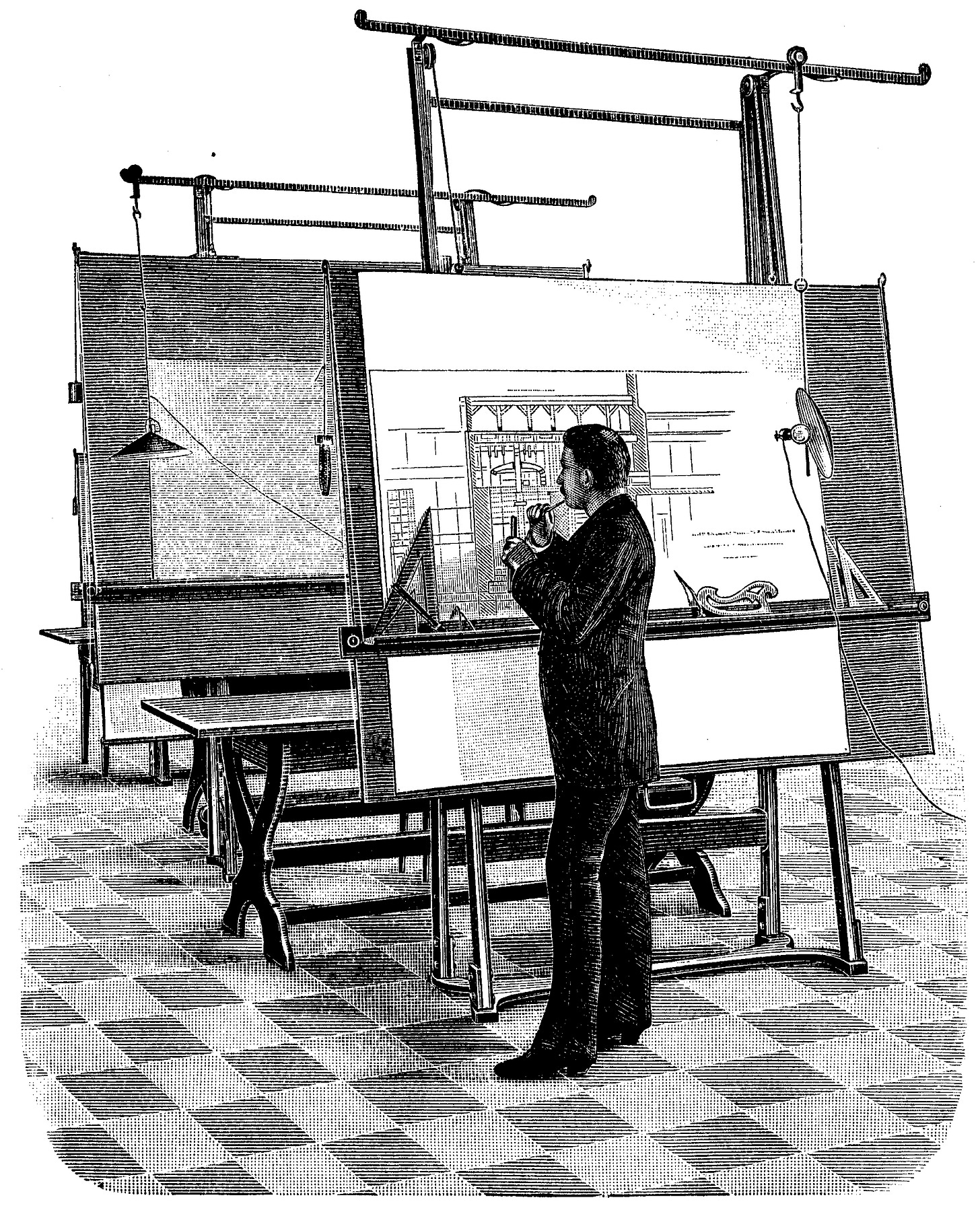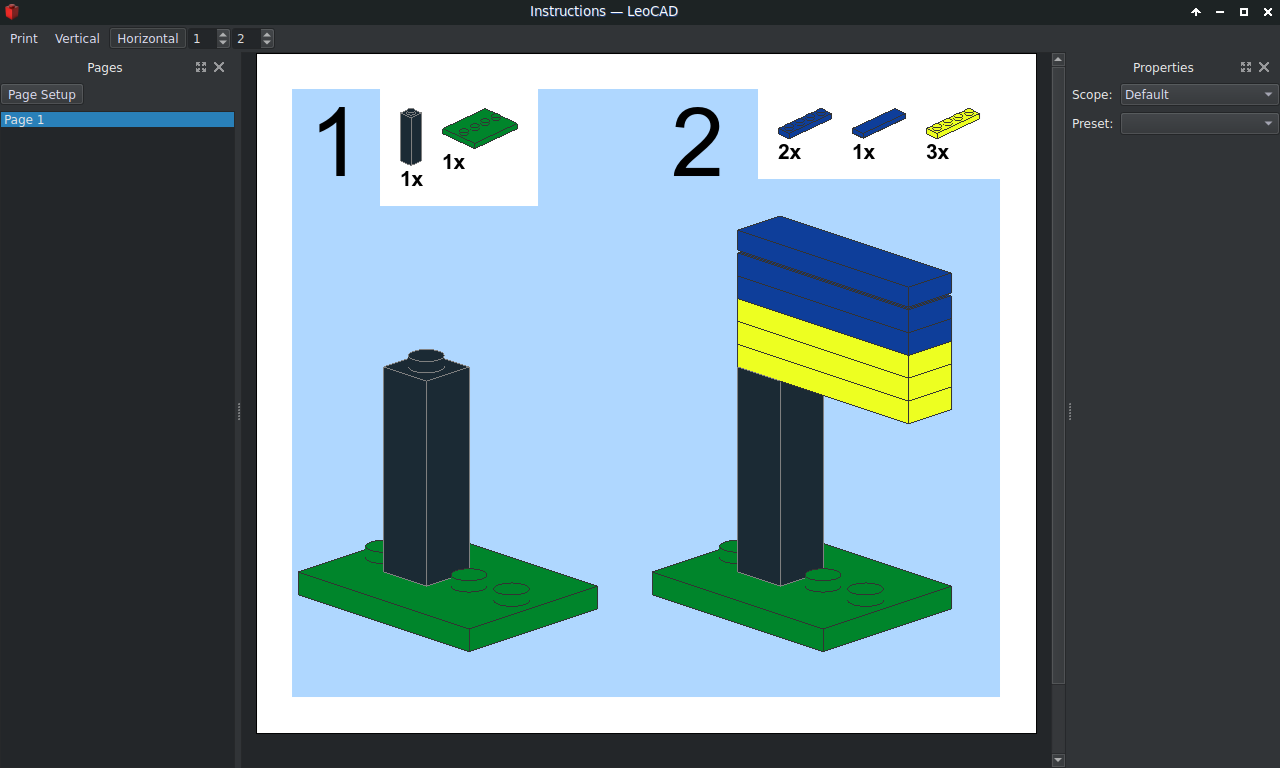What is the ‘vision lens’?
In a previous post I wrote about how the effective practice of law requires one to see through different ‘lenses’. Here I talk about how one such lens is the ability to envision the end result, the future state, to see the destination of our work before we begin.
Why is the vision lens important?
It’s an oft-quoted line that you don’t set out on a journey without knowing your destination, or builders don’t start building a house until the architect has first drawn up plans.
Similarly, the vision lens prompts us, before we start working on something, to envision the end result we are working towards.
A bit like a swimmer whose body follows the direction their arms are pointing, our actions then align towards that goal we have in mind.

Having a clear vision can also be motivating:
Advice for body-builders is to imagine, before a work-out, their body state after their months of hard work.
For any work to be done in a team, having a clear vision can attract people to join and then ensures that all members are on the same page and the end goal is in keeping with the purpose framing the work.
When might one wear the vision lens?
It’s very useful prior to designing complex contracting structures or any kind of multi-party transaction -
I recently designed a set of standard contracts to replace some legacy templates from various acquired companies in our group; it really helped to have a picture in mind from the outset of how all the different contract modules would interact and fit together.

With large training or other team initiatives, it helps before you start to visualise how any team interaction or delivery will actually work:
What message will you leave participants with? What topics/questions will they discuss?
Another situation in which it helps to envision the future state is how we see lawyers working to deliver services to clients (whether in a law firm or an inhouse legal team or alternative legal services provider).
GC Bjarne Tellmann says in his book Building an Outstanding Legal Team, that one of the essential leadership skills of an inhouse lawyer is being ‘future literate’ -
“Being future literate is about staying ‘ahead of the curve’ so that you can try to advance the industry you work in, as well as the legal profession as a whole. Knowledge without application is useless; it will soon evaporate. But knowledge that is used to anticipate and shape the future is power.”
For example, how do we see, in the environment in which we provide legal services, the client contacting the lawyer? Will it be through traditional methods, such as email or phone? Or via logging questions into a portal? Or by asking questions of an AI chatbot?
How to use the vision lens
Have a vision of the end in your mind which is as vivid as possible
See all the different elements and how they fit together, even perhaps in colour.
If that feels strange, drawing out the end result, even with little stick figures or blocks and key words, can have the same effect.

Write a summary of what the end result will look like
In his book How Big Things Get Done, Bent Flyvbjerg explains how American biographer Robert Caro employs this technique with his “long, deeply researched, massively complex books about President Lyndon B. Johnson and Robert Moses”, which, as Flyvbjerg explains, “take as much as a decade to write.”
Before writing, Caro “forces himself to ‘boil the book down to two to three paragraphs, or two, or one.’ These paragraphs express the theme with perfect simplicity…When he finally has his precious paragraphs, he pins them to the wall behind his desk, where it is literally impossible for him to lose sight of his goal. In the long years ahead, as he writes his book, pushing ever deeper into the jungle of his research, in growing danger of getting lost in complexity, Caro constantly looks at his summary and compares it with what he is currently writing. ‘Is this fitting in with those three paragraphs?’ he asks himself….With the goal always in view, there is no getting lost.”
Get periodic demos of the current and future state of legal technology
Bjarne Tellmann advises General Counsels that they “would do well to stay ahead of [technology] developments by keeping up with the legal-trade press and applying new technologies as and where appropriate…”
I find it useful, each month, to get a demo from a legal technology provider of their offering and seeing how their application fits into lifecycle of legal services.
Even if at the time it’s not possible to acquire any new technology or there is no immediate need, with a picture in my head of the art of the possible, I can shape the team’s processes to eventually be able to employ such technological solutions.
Be a visionary
Often as lawyers (and in life in general) we are required to go beyond just being advisors and to deliver something, whether a document for review, materials or resources for clients to use, or a full-blown project or change initiative.
The title of this post is a misquote of Einstein. Of course we need knowledge, but what marks out successful people is their ability to make things happen and get stuff done.
Beginning with the end in mind and having a clear vision of what you want to achieve helps us do that just that.
People who have achieved great things throughout history are often referred to as ‘visionaries’. They have often delivered against the odds and overcome many hurdles.

One such visionary lawyer who I admire is James B. Donovan, who negotiated one of the Cold War’s great spy swaps over a five-year period.
Yet even at the outset of his involvement in the case (he was initially only asked to represent Soviet spy Rudolf Abel to ensure he received a fair trial), he had the goal in mind of keeping the Russian alive so that he might later be swapped for a captured American spy.
I have written more here on how Donovan employed this.
Outside of the law, we often hear of how great sportspeople like Novak Djokovic play the game out in their heads before stepping on the court.
The vision lens enables us to have a picture of what we are working towards, so we can stay on track, adapt to changes and bring other people on board.



